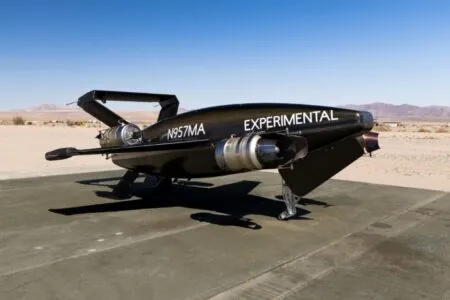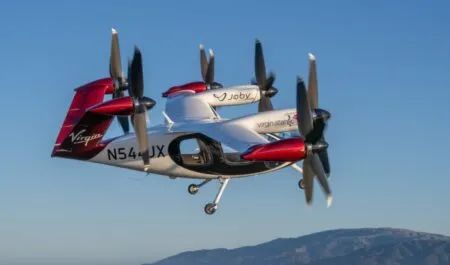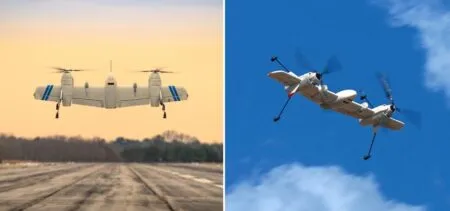The Federal Aviation Administration (FAA) has granted a Certificate of Authorization (COA) to the Ohio/Indiana UAS Center and Test Complex, allowing Workhorse Group and the University of Cincinnati (UC) to continue their joint development of Workhorse Group’s HorseFly UAS (unmanned aircraft system), which is designed to fly to and from a standard delivery vehicle. Testing of HorseFly will take place at the Wilmington Air Park in Wilmington, Ohio, USA.
Collaboration between the UC’s College of Engineering and Applied Science and the Ohio/Indiana UAS Center led to sponsorship for the two-year FAA authorization from the Ohio State Department of Transportation in addition to priority access to Wilmington Air Park.
Workhorse Group is developing its HorseFly UAS, an eight-rotor ‘octocopter’, in tandem with its EPA-approved electric work trucks. Weighing 15 lb empty, HorseFly has a payload capacity of 10 lb, it can achieve a maximum speed of 50mph and a flight time of 30 minutes. The HorseFly UAS, which is subject to FAA approval for commercial use, is designed to be given a package and a delivery destination by a delivery driver, using a touchscreen interface in the delivery truck. The HorseFly has the ability to launch itself from the roof of the delivery vehicle and ascend to a safe cruising altitude and then navigate to the desired delivery point – for example, a house’s front door – autonomously, using GPS navigation.
HorseFly’s technology allows it to reach the GPS delivery destination, where a human pilot in a remote location monitors the descent with a multi-camera video feed, and executes the package drop-off. The HorseFly can then ascend back to a safe cruising altitude, navigate to the new location of the delivery truck and use infrared tracking to land and dock with the truck. The HorseFly then has the ability to recharge its battery using the onboard battery of the electric vehicle.
This offers several potential benefits if approved by the FAA: for example, it saves the delivery driver the time and trouble of having to physically drop off each package themself, which cuts down on the cost of delivery per package. Additionally, since the truck itself would be making fewer stops, it would reduce emissions and result in cleaner air.
Workhorse has collaborated with the University of Cincinnati’s Research Institute (UCRI) to develop all of the systems necessary to execute precision take-offs and landings on the top of a standard delivery truck in a variety of weather conditions and package weights.
“Obtaining this authorization from the FAA is a vital step forward in making our HorseFly drone a practical component of our package delivery system by testing the drone’s unmanned flying capabilities,” said Steve Burns, CEO of Workhorse.
“We believe the pairing of the HorseFly drone and the Workhorse electric vehicle may usher in a significant improvement in reducing emissions and improving the efficiency of the delivery process.”
October 16, 2015




